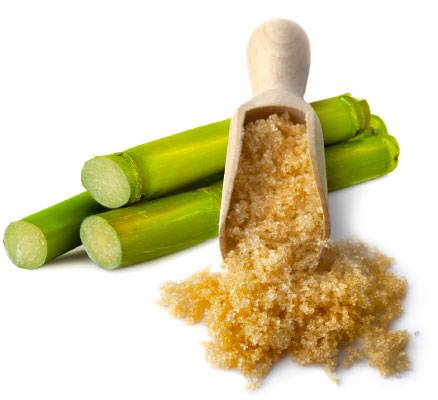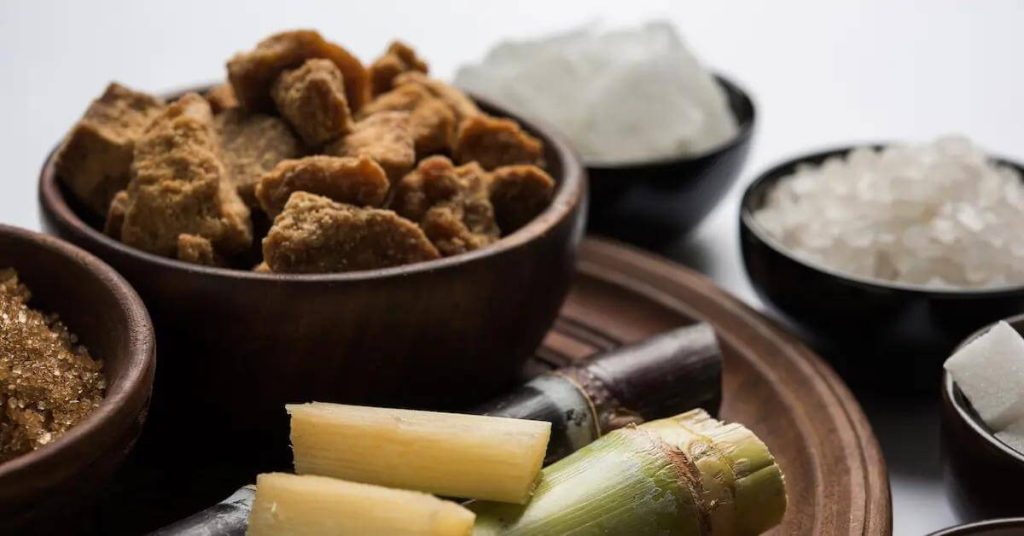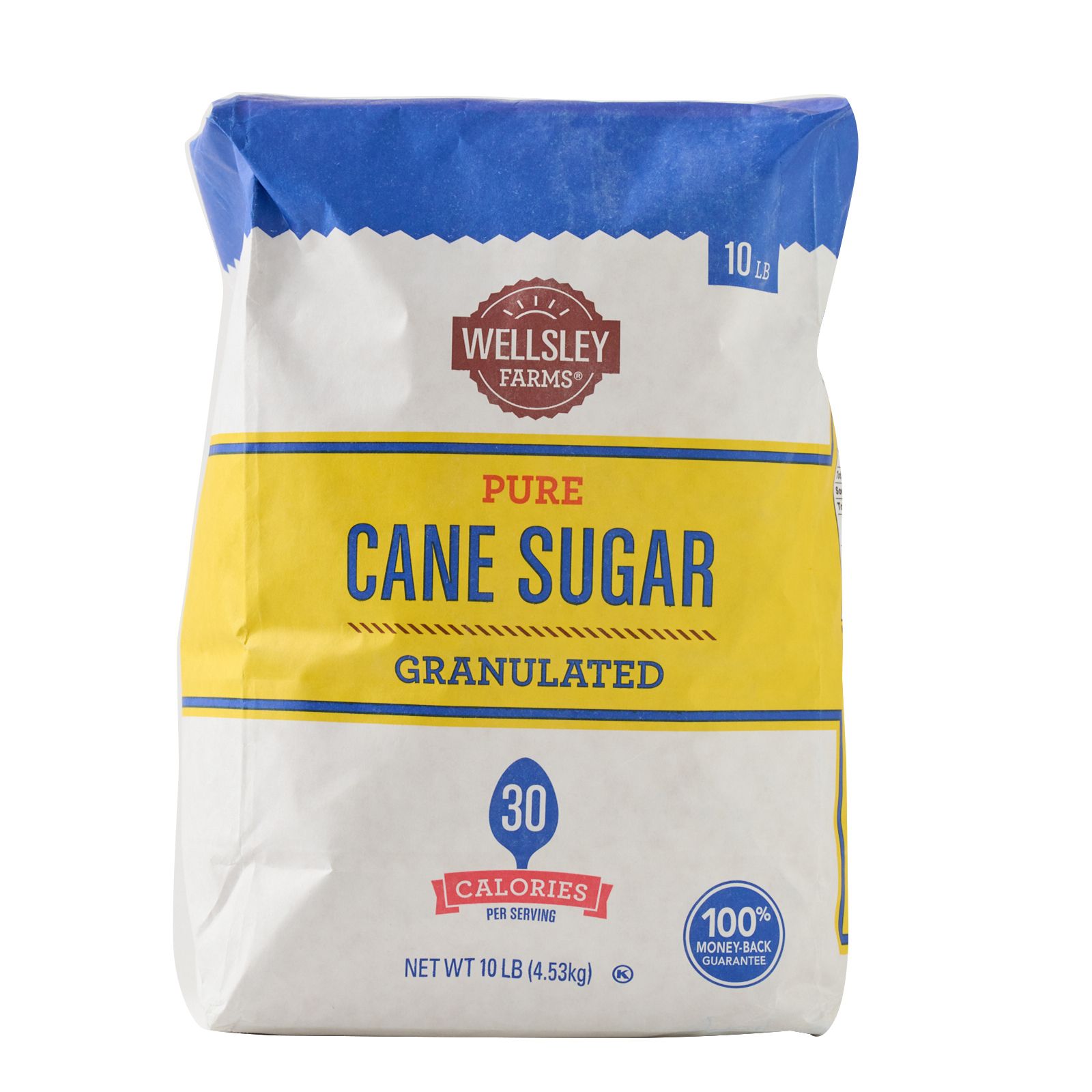Cane Sugar Processing Explained: What Happens Inside a Sugar Mill
Cane Sugar Processing Explained: What Happens Inside a Sugar Mill
Blog Article
Exploring the Comprehensive Tips Associated With Walking Stick Sugar Processing From Harvesting to Refinement
The process of cane sugar manufacturing incorporates a series of detailed actions, starting with the cautious harvesting of sugarcane and finishing in the refinement stages that make sure the last product satisfies sector standards. Each stage, from the removal of juice to the purification and condensation processes, plays an important duty in establishing the quality and character of the sugar.
Harvesting Sugarcane
Gathering sugarcane is a crucial action in the cane sugar processing chain, as it straight influences the top quality and yield of the last item. Correct timing and methods are important throughout this stage to make certain optimum sugar web content and reduce losses. Commonly, sugarcane is gathered when it gets to maturation, typically 12 to 18 months after growing, identified by a high sucrose concentration.

Post-harvest, the sugarcane should be processed promptly to stop sucrose deterioration. Ideally, harvested walking stick needs to be moved to processing centers within 24 hours to maintain sugar quality. As a result, effective logistical planning is vital to preserve the stability of the gathered crop throughout the supply chain.
Removal Refine

The crushed cane goes through a series of pushing operations to make best use of juice recuperation. Usually, hot water is sprayed onto the smashed walking cane, developing a countercurrent flow that aids dissolve the sugar while also helping in the extraction procedure. The juice accumulated from this operation contains not only sugar but additionally numerous organic substances and impurities.

To boost removal performance, some facilities might employ diffusion techniques, where the sugarcane is saturated in warm water, enabling the soluble sugars to diffuse into the liquid. The resulting juice, rich in sucrose, is after that guided to succeeding handling stages, laying the foundation for purification and improvement. The extraction process is hence essential in figuring out the quality and return of the last sugar product.
Purification Techniques
The filtration strategies used in walking stick sugar processing are necessary for changing the raw juice right into a top notch sugar product. These approaches primarily aim to get rid of contaminations, such as dirt, plant products, and not natural substances, which can negatively affect the last item's flavor and shade.
Among the most typical filtration methods is clarification. This procedure entails including lime and heat to the raw juice, which assists in the coagulation of pollutants. The resulting precipitate is then gotten rid of with sedimentation or purification, yielding a clearer juice. Additionally, the use of phosphoric acid can enhance the information procedure by further binding pollutants.
An additional considerable method is carbonatation, where carbon dioxide is introduced to the cleared up juice. This reaction generates calcium carbonate, which captures continuing to be impurities and promotes their removal.
Furthermore, turned on carbon treatment may be related to adsorb any staying colorants and natural pollutants, guaranteeing a much more polished item. The mix of these approaches successfully prepares the sugar juice for succeeding actions in the refining process, establishing the phase for the manufacturing of high-quality walking stick sugar.
Condensation Methods
After the purification stage, the next critical action in walking cane sugar processing involves condensation techniques, which play a critical function in changing the made clear juice right into strong sugar. This process normally utilizes 2 key methods: spontaneous condensation and controlled formation.
In spontaneous formation, supersaturated sugar solutions are enabled to cool down normally, leading to the formation of sugar crystals over time. This method permits for the uniform development of sugar crystals and greater purity.
Throughout crystallization, the made clear juice is concentrated via evaporation, increasing its sugar web content till it reaches supersaturation. When this factor is accomplished, either technique can promote the formation browse around these guys procedure. Cane Sugar Processing. The resultant sugar crystals are after that divided from the remaining syrup via centrifugation
Eventually, the selection of condensation technique influences the high quality, size, and purity of the final sugar product, making this step vital in the overall cane sugar processing procedure.
Improvement and Product Packaging
How can the purity and top quality of walking stick sugar be further improved after formation? The refinement process plays a vital duty in attaining top notch walking cane sugar.
Next, the sugar goes through a procedure called centrifugation, where it is spun at high rates to separate the detoxified sugar crystals from the staying fluid. After centrifugation, the sugar is frequently additional improved through a technique called carbonization or phosphatation, which makes use of turned on carbon or phosphoric acid to get rid of color and off-flavors.
Once improved, the sugar is dried out to achieve the preferred wetness content, ensuring that it remains steady during storage and transport. The last action entails product packaging the polished sugar in moisture-proof and airtight containers to keep its high quality and protect against contamination. Cane Sugar Processing. Appropriate packaging not only prolongs Web Site service life yet also promotes simple handling and distribution, ensuring that consumers obtain sugar that satisfies the greatest criteria of pureness and quality
Conclusion
The detailed steps associated with walking cane sugar processing, from the thorough harvesting of sugarcane to the complex improvement and packaging stages, emphasize the relevance of each phase in ensuring high-quality sugar manufacturing. Optimal harvesting strategies, reliable removal methods, and strenuous filtration processes collectively add to the final product's pureness and stability. The condensation and succeeding packaging techniques additionally improve the integrity and life span of the sugar, highlighting the intricacy and accuracy intrinsic in this vital agricultural market.
The procedure of walking cane sugar manufacturing encompasses useful reference a series of detailed actions, beginning with the mindful harvesting of sugarcane and culminating in the improvement phases that make sure the last item fulfills market requirements. Ideally, collected walking stick ought to be carried to processing facilities within 24 hours to maintain sugar quality.In spontaneous formation, supersaturated sugar options are enabled to cool down normally, leading to the formation of sugar crystals over time - Cane Sugar Processing. The improvement procedure plays a crucial role in accomplishing top quality walking stick sugar.The comprehensive actions included in cane sugar handling, from the meticulous harvesting of sugarcane to the detailed refinement and packaging stages, underscore the relevance of each phase in making certain top notch sugar production
Report this page